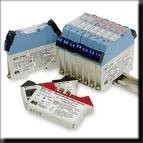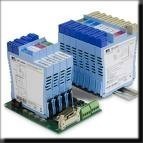The use of intrinsic safety has long been regarded as the safest method of protection and hence has been the only true method of protecting electrical equipment in Zone 0 hazardous areas (at least until the advent of the ATEX Directive).
Intrinsic safety relies heavily on the complete installation and the installation factors affect the explosion protection in a greater way than with other concepts of protection
The risks of causing an ignition with incorrectly matched or earthed equipment in an intrinsically safe system is much more likely than with other concepts
There are three ways to prove a system to be intrinsically safe, these are:
(a) Use of simple apparatus
(b) Use of a certified system (certified by a third party)
(c) Use of an uncertified system




